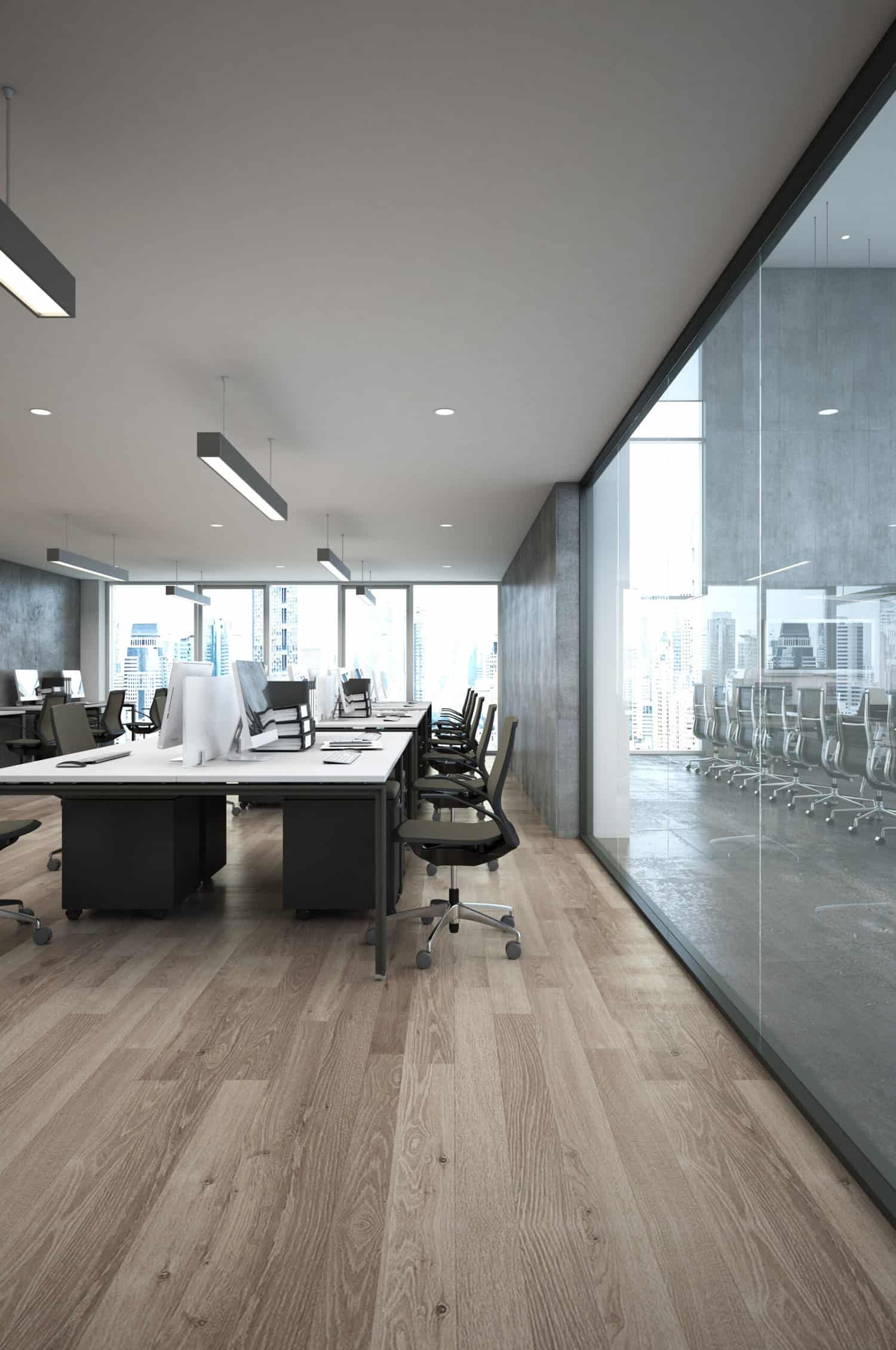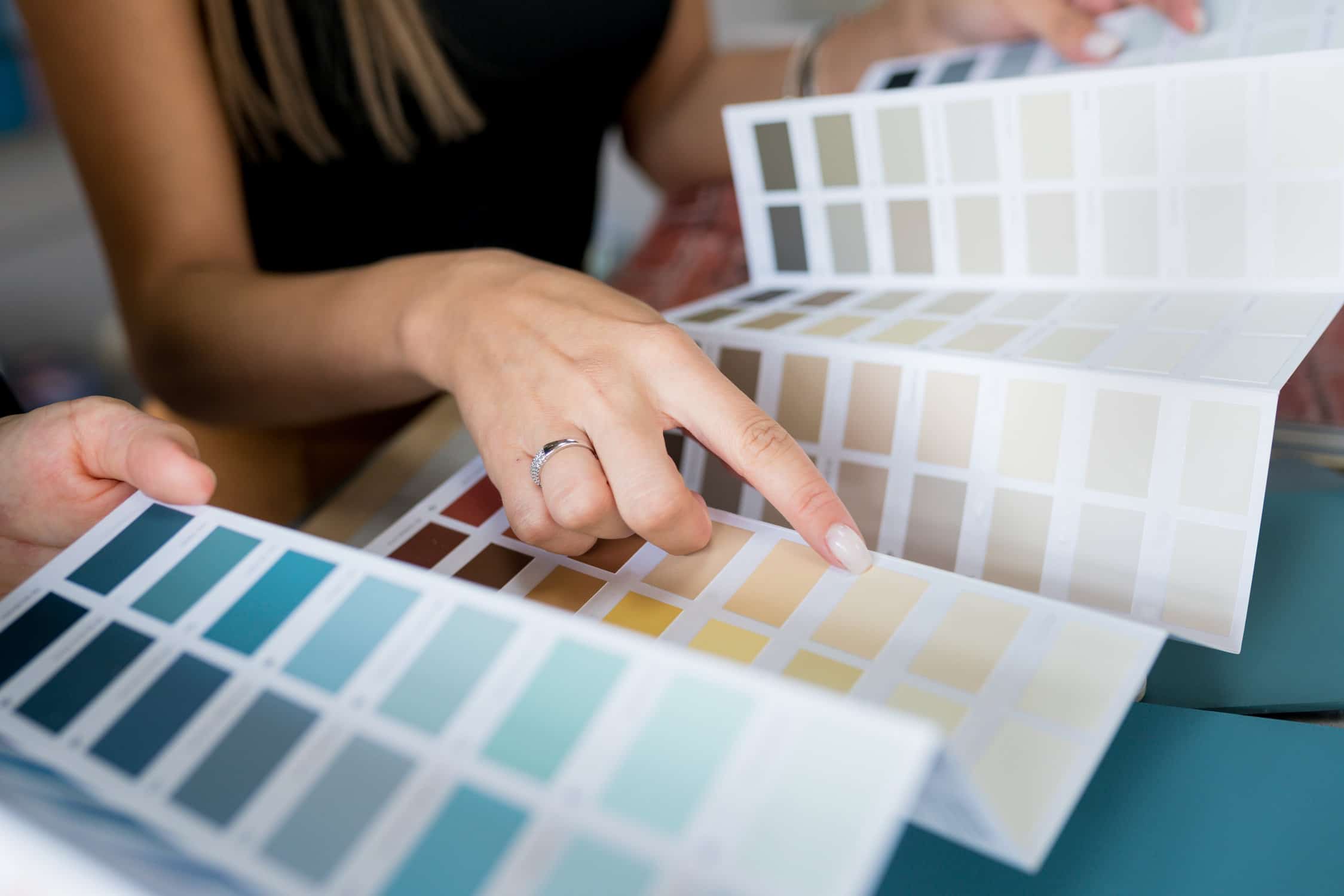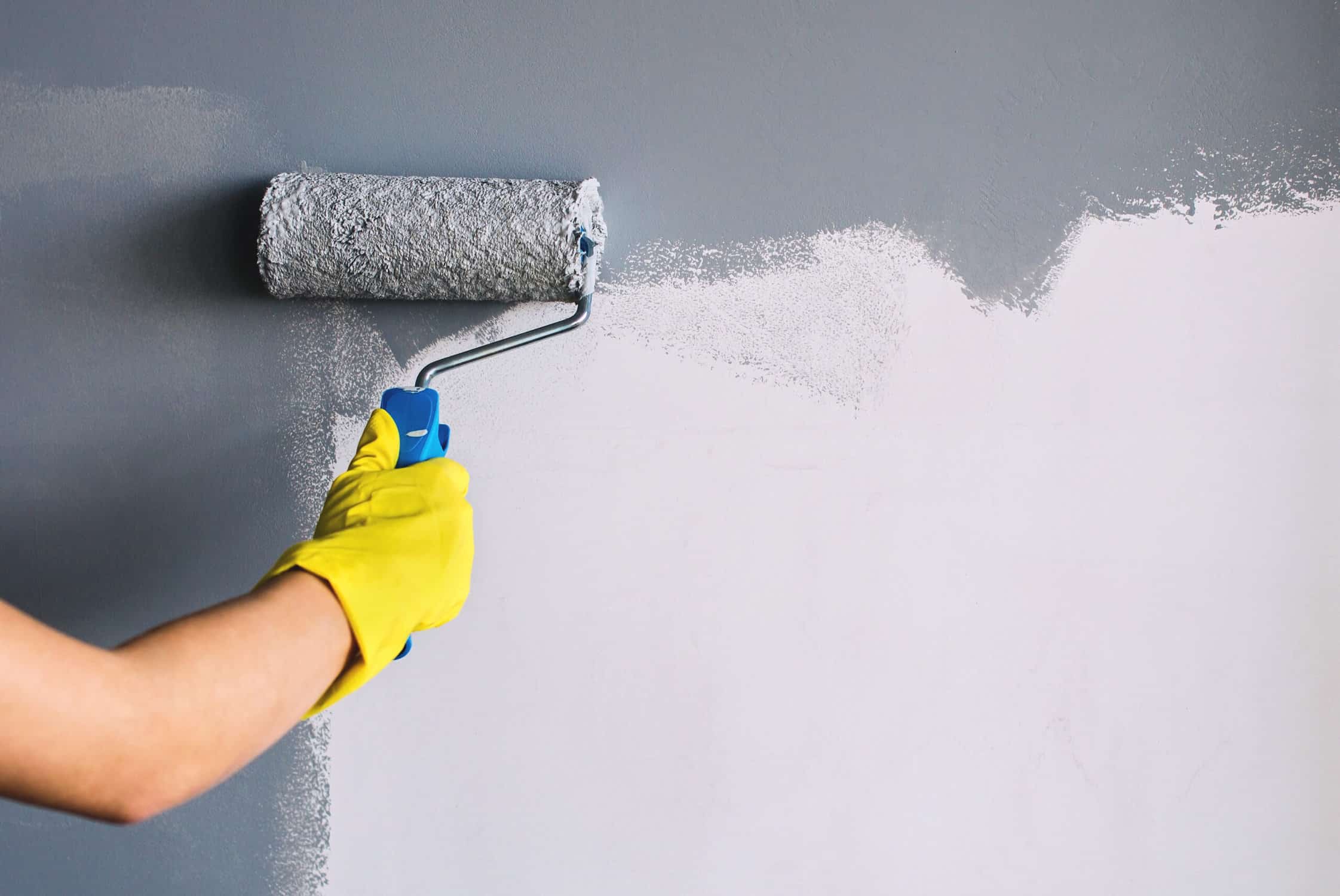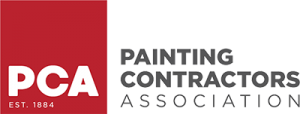Modern conference rooms have evolved well beyond static boardrooms filled with whiteboards and projectors. In today’s agile workplace, these spaces function as collaboration hubs—where teams brainstorm freely, map out ideas, and engage in fast-paced decision-making.
Writable surfaces, like dry-erase and chalkboard paints, are becoming essential tools in this transformation. These aren’t novelty features or gimmicks—they’re functional coatings that offer teams a way to visually engage with ideas right on the walls. Whether you’re running a daily stand-up, reviewing marketing flows, or facilitating team retrospectives, these surfaces enable real-time communication without clutter.
This guide breaks down what dry-erase and chalkboard paints are, where and how to use them, and why they offer real ROI for business owners looking to improve how people meet, collaborate, and get things done.
What Are Dry-Erase and Chalkboard Paints?
Dry-Erase Paint: A Writable, Wipeable Surface
Dry-erase paint is a specialty coating that transforms ordinary walls into whiteboard-like surfaces. It’s applied over smooth, primed drywall and can turn an entire wall—or even a table—into a writing space. These coatings come in either white or transparent finishes and work with standard dry-erase markers.
Brands like IdeaPaint, Sherwin-Williams Dry Erase, and Rust-Oleum Dry Erase offer commercial-grade formulations that resist ghosting and hold up to frequent use. When applied correctly, these surfaces offer a clean, modern way to capture ideas and notes in real time.
Chalkboard Paint: For a Matte, Tactile Experience
Chalkboard paint is another wall coating that creates a writable surface—this time for chalk. It dries to a matte finish and is compatible with both traditional chalk sticks and liquid chalk markers. It’s often black or green, though custom colors are available.
This type of paint offers a more retro or casual look. It’s less reflective than dry-erase surfaces and is popular in creative spaces where glare and aesthetics matter.
Where Can These Coatings Be Applied?
Writable paints can be used on:
-
Drywall (most common)
-
Wood
-
Metal
-
Glass (with proper prep)
They’re found on full feature walls, partial panels, closet doors, and even custom-built tabletops. With the right surface prep, these paints can turn almost any clean, non-porous area into a reusable canvas.
Practical Benefits for Conference Rooms
Visual Collaboration and Brainstorming
Writable walls enable teams to sketch out ideas instantly. From drawing sales funnels to wireframing app interfaces or mapping timelines, the space becomes an extension of the conversation. Unlike small whiteboards, these surfaces offer room to think big—useful for both creatives and strategists.
Flexible Layouts and Agile Workspaces
Instead of being restricted to where a whiteboard is mounted, any wall can serve as a tool. In fast-paced, agile environments with hot desks or rotating teams, this flexibility makes rooms more responsive to team needs.
Clean, Integrated Aesthetic
Writable paint integrates cleanly with a room’s design. No visible mounts, no clunky hardware, no whiteboards peeling off drywall. For business owners who want a professional look with high function, dry-erase or chalkboard paint delivers.
Day-to-Day Efficiency
Having a writable wall in the room means no scrambling for pads, no searching for that one functioning whiteboard marker. Teams can jump into the flow of a meeting and document ideas immediately—encouraging quick feedback and iteration.
Chalkboard vs. Dry-Erase: Which Is Right for You?
Feature Comparison Table
| Feature | Dry-Erase Paint | Chalkboard Paint |
|---|---|---|
| Writing Tool | Dry-erase markers | Chalk or liquid chalk |
| Surface Look | Glossy (white or transparent) | Matte (black, green, or custom) |
| Aesthetic | Modern, sleek | Retro, casual |
| Ghosting/Staining | May ghost without proper cleaning | Easier to clean, can be dusty |
| Glare | High under strong lighting | Low glare, ideal for bright spaces |
| Ideal Use | Tech/startup/modern office spaces | Creative, education, retail settings |
Consider User Experience and Lighting
Lighting plays a major role in usability. Dry-erase surfaces can reflect overhead or natural light, making it hard to read from certain angles. Chalkboard surfaces, on the other hand, are easier on the eyes—but traditional chalk may generate dust.
For allergy-sensitive offices, liquid chalk markers are a cleaner option. And if your team is aiming for a polished, high-tech aesthetic, dry-erase is usually the better match.
Common Applications in Business Settings
Strategy and Planning Meetings
Writable walls are perfect for mapping out strategy—be it a quarterly plan, product roadmap, or resource allocation chart. They offer more flexibility than traditional presentation tools and help teams visualize priorities together.
Brainstorming and Creative Sessions
In marketing, design, or startup environments, quick idea capture is key. Writable walls invite spontaneous sketching and collaborative ideation that isn’t constrained by page size or PowerPoint slides.
Hybrid Meeting Support
Many companies use writable walls as part of their remote meeting setup. They serve as visual aids during video calls, allowing in-room participants to illustrate points in real time while remote attendees follow along.
Daily Project Tracking
Install a chalkboard or dry-erase calendar and use it for project management, deadlines, or key reminders. Teams can easily update the board daily or weekly, keeping everyone in sync without sending yet another Slack message.
Installation and Surface Preparation
Surface Requirements
Writable paint needs a smooth surface to function properly. Any bumps, grooves, or old textures will show through the coating—and affect legibility. A smooth skim coat or light sanding is often required.
Old walls may also need patching or priming. Without this prep, ghosting or uneven application becomes more likely.
Application Process
Most dry-erase paints use a two-part system: a primer and a topcoat. Chalkboard paints typically require just one or two coats. While DIY kits exist, commercial settings benefit from professional painters who can ensure even application and proper curing.
Dry-erase coatings usually need 72+ hours to cure before writing can begin.
VOC Content and Ventilation
Some dry-erase formulations contain volatile organic compounds (VOCs). Proper ventilation is essential during and after application. Low-VOC and zero-VOC options are available—ideal for workspaces that need to stay operational.
Maintenance and Long-Term Usability
Cleaning Practices
Dry-erase surfaces should be cleaned regularly with a dry-erase cleaner to prevent ghosting. Avoid household glass cleaners—they can degrade the finish. Chalkboard surfaces can be wiped with a damp cloth or chalkboard eraser, but avoid abrasive tools.
Recoating and Lifespan
With proper use, dry-erase walls can last 5 to 10 years. If ghosting becomes noticeable, a light sanding and recoat can refresh the surface.
Chalkboard walls may need touch-ups more often, especially in high-use areas or where liquid chalk is used daily.
Choose Markers and Chalk Wisely
-
Use only dry-erase markers recommended by the manufacturer (usually low-odor).
-
Never use permanent markers.
-
For chalkboard surfaces, liquid chalk offers bolder color without the dust.
Addressing Common Business Owner Concerns
Will It Look Too Casual?
Not at all—today’s finishes are sleek and professional. You can match them to your brand colors, keep the look minimal, or add a border or frame for visual structure. One accent wall is often enough.
Is It Hard to Maintain?
Writable surfaces are easier to maintain than physical whiteboards. They don’t peel or rattle off the wall. Regular cleaning and correct writing tools make maintenance straightforward.
What About Mess or Liability?
Dry-erase markers don’t leave residue when wiped promptly. Chalk can be dusty, but liquid chalk is a cleaner option. Most facilities teams find these easier to manage than portable boards or paper clutter.
Will Employees Use It?
If placed near workstations or in high-traffic rooms, writable walls often become a daily tool. Some companies even run short “how to use your space” workshops or include writable walls in onboarding tours.
Conclusion
Writable wall paints aren’t just clever office upgrades—they’re strategic tools for productivity, engagement, and flexible thinking. Whether you choose a dry-erase or chalkboard surface depends on your team’s workflow, room conditions, and brand style.
For many business owners, these coatings offer a modern, functional way to turn any room into a canvas for creativity and planning.
Looking to modernize your conference rooms or team spaces? Our commercial painting team can help you select and apply the right writable surface for your business needs. Contact us today for a free consultation and sample finishes tailored to your space.





